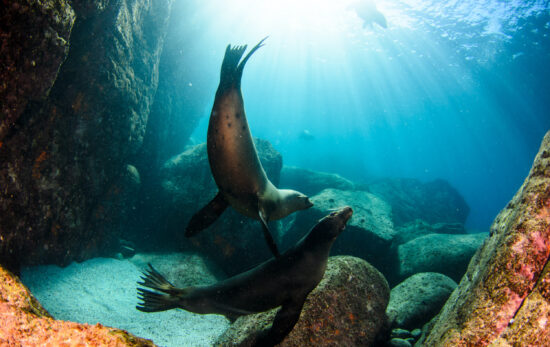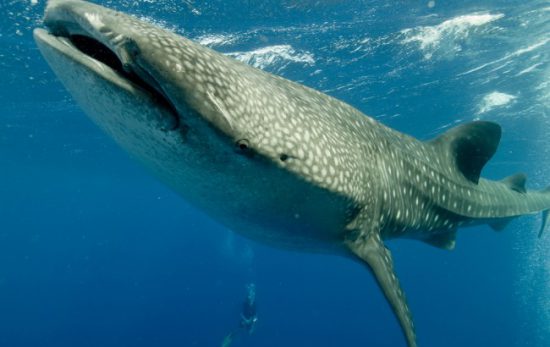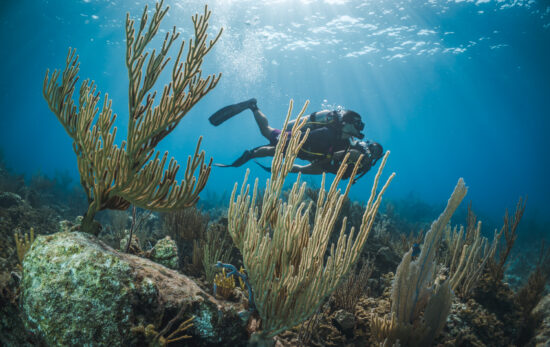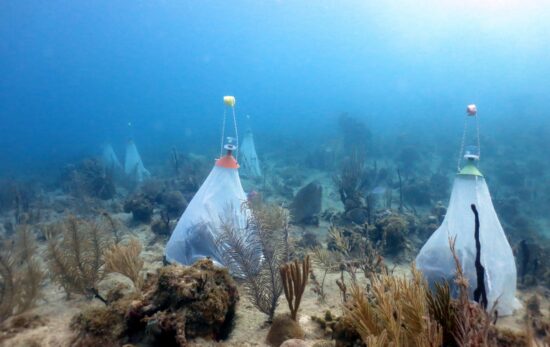One of the best things about diving in a new area is finding interesting fish and learning about their behavior. What’s even better is when the PADI Divemasters know where the critters hide out and let you in on the secret. We spoke with PADI Pros in St. Lucia about their favorite finds on this dive-friendly Caribbean isle. Here are some of the best marine life species to spot in Saint Lucia.
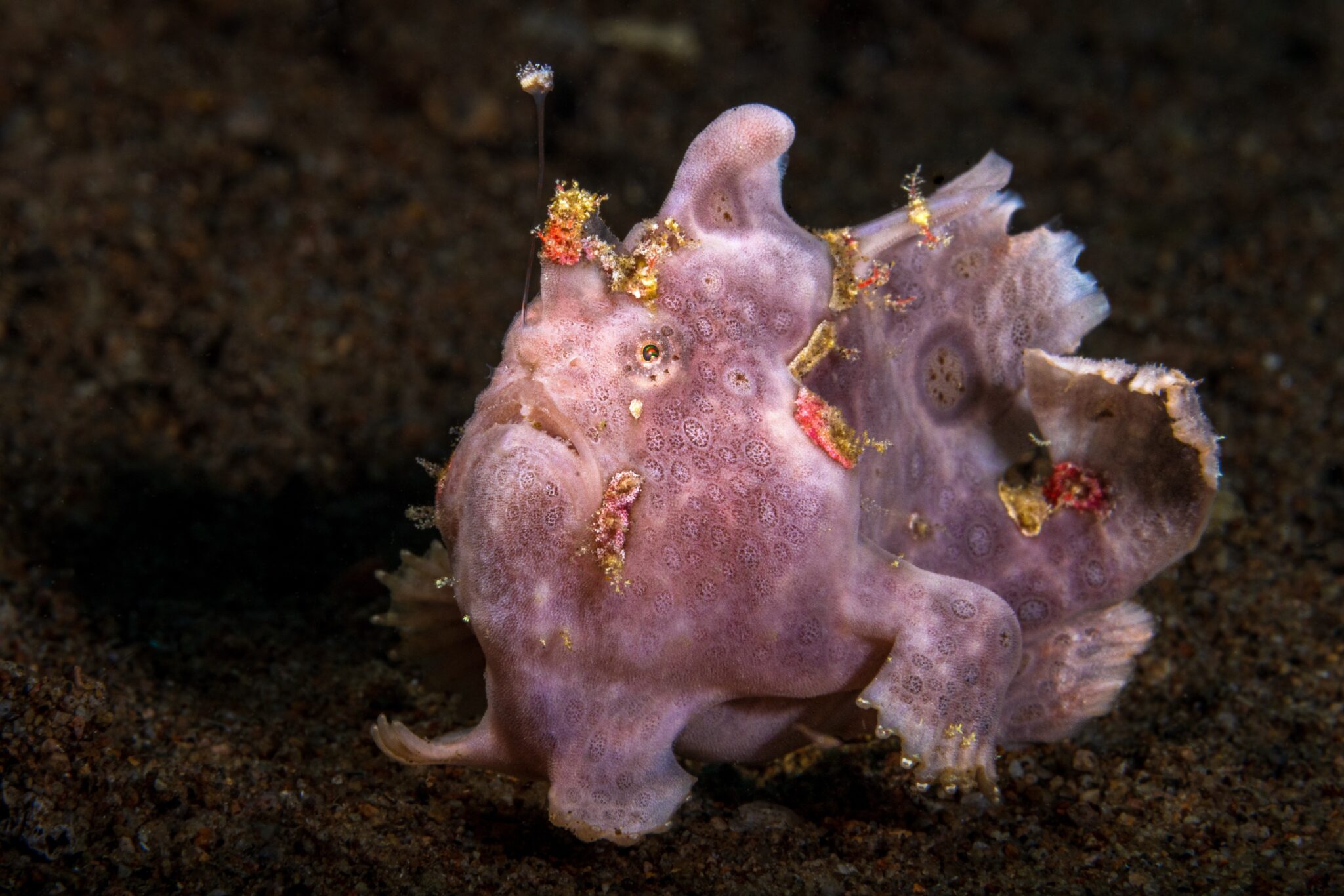
Frogfish
This elusive creature is a challenge to find and can be a photographer’s kryptonite. For protection from predators, frogfish are camouflage experts and able to blend into a variety of backgrounds. One of the most interesting things about a frogfish is the fishing lure hanging over its nose to attract prey. Come feeding time, its mouth can expand to 12 times its normal size. Finding a frogfish can turn a good dive into an amazing one.
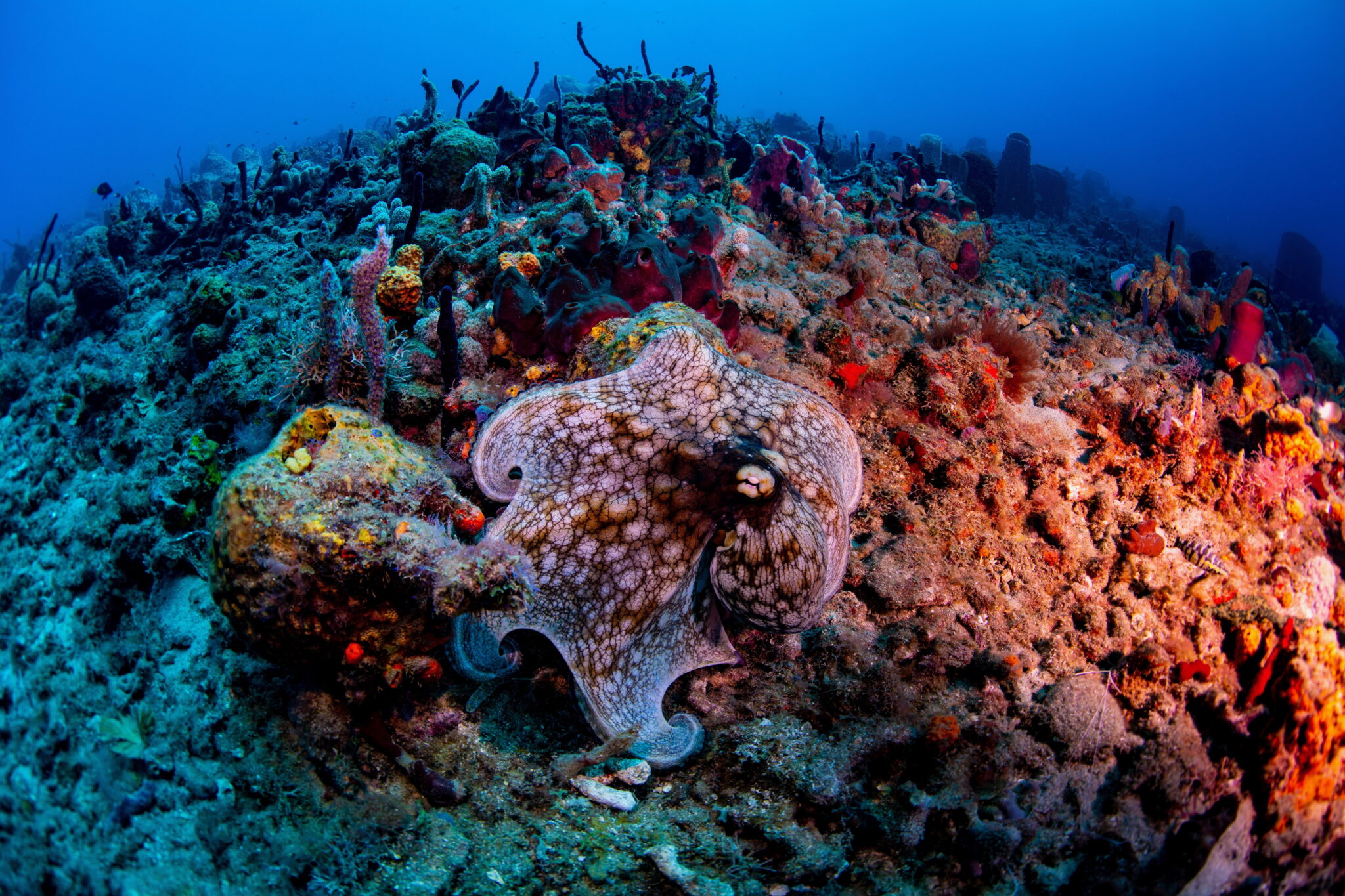
Octopuses
This complex critter is one of the most intelligent characters in the sea. To protect themselves, they can change their skin to mimic their environment almost immediately. And if they do get caught, they can lose an arm and grow it back later or briefly blind their predator by inking them. See one of these beauties always makes for a good dive in St. Lucia.
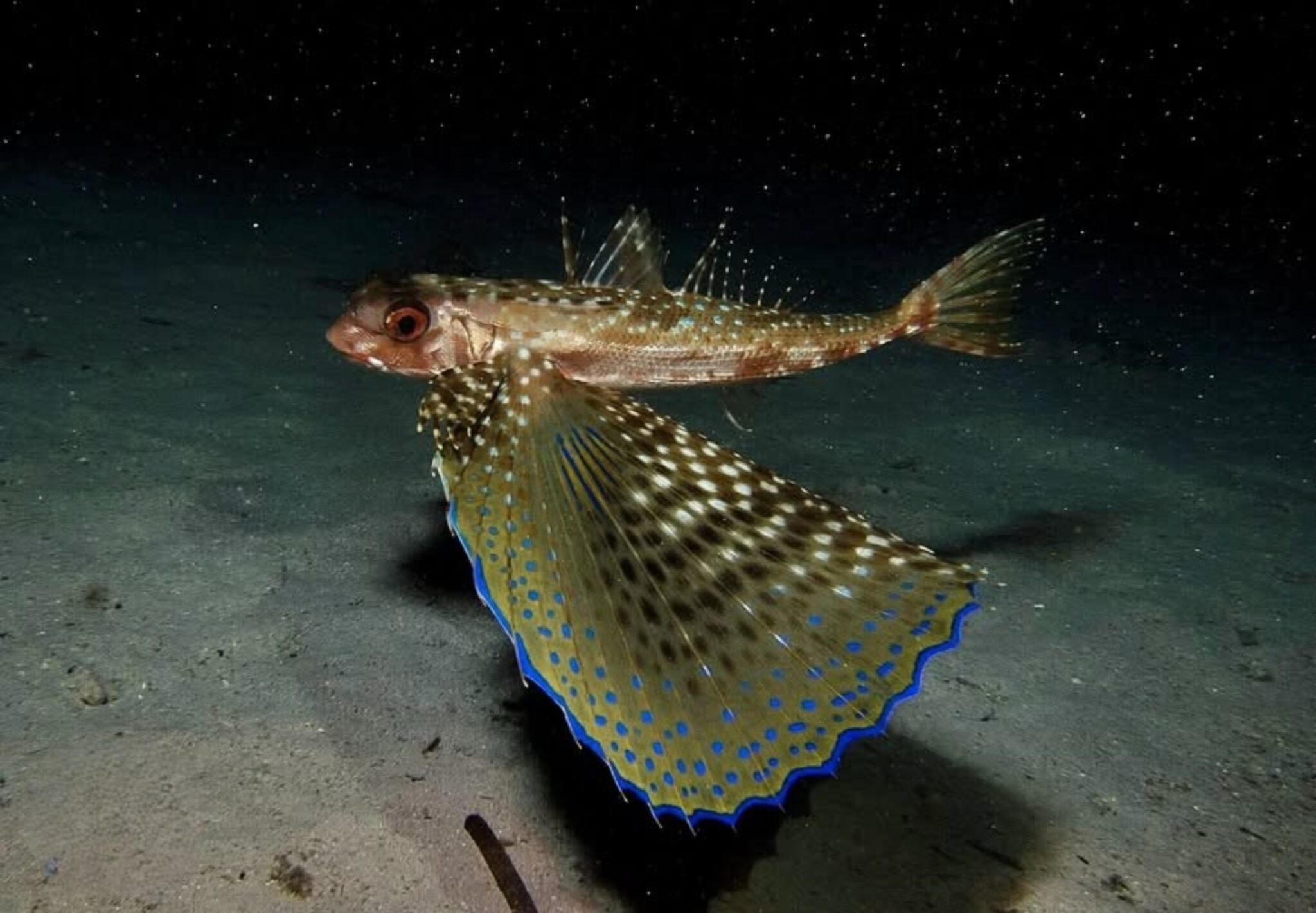
Flying Gurnards
Divers usually see flying gurnards in shallow water and on sandy bottoms. Although these fish are bottom dwellers, they have “wings” that act as a defense mechanism. Their elongated bodies, which can grow as long as 20 inches (51 cm), make them a favorite for divers in St. Lucia.
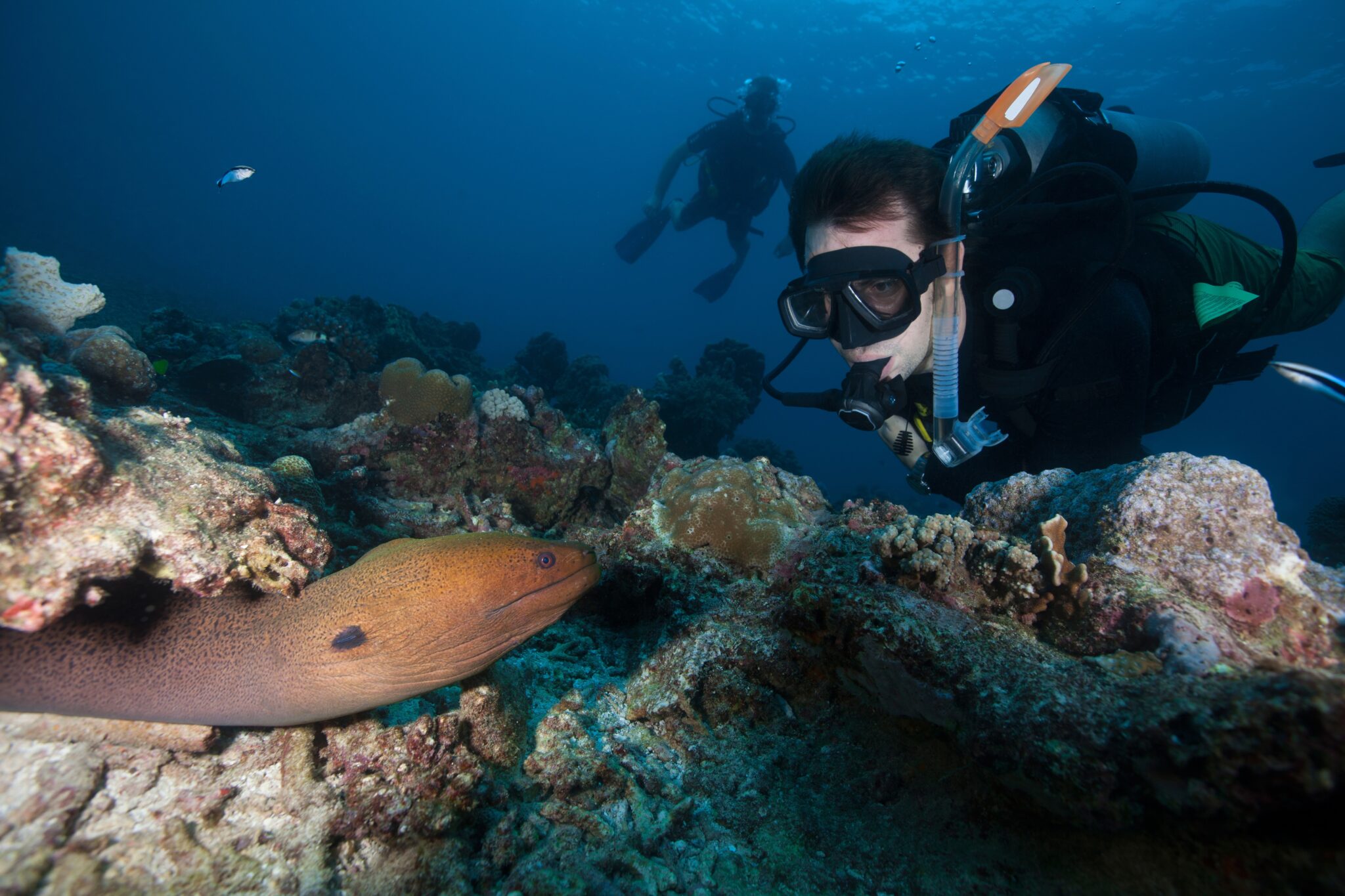
Eels
Eels get a bad rep because of their resemblance to snakes and their mouths full of sharp teeth. In reality, eels are relatively harmless unless provoked and prefer to stay in the confinement of the crevices along the reef. Finding a tail peeking out of the coral is a telltale sign one is nearby.
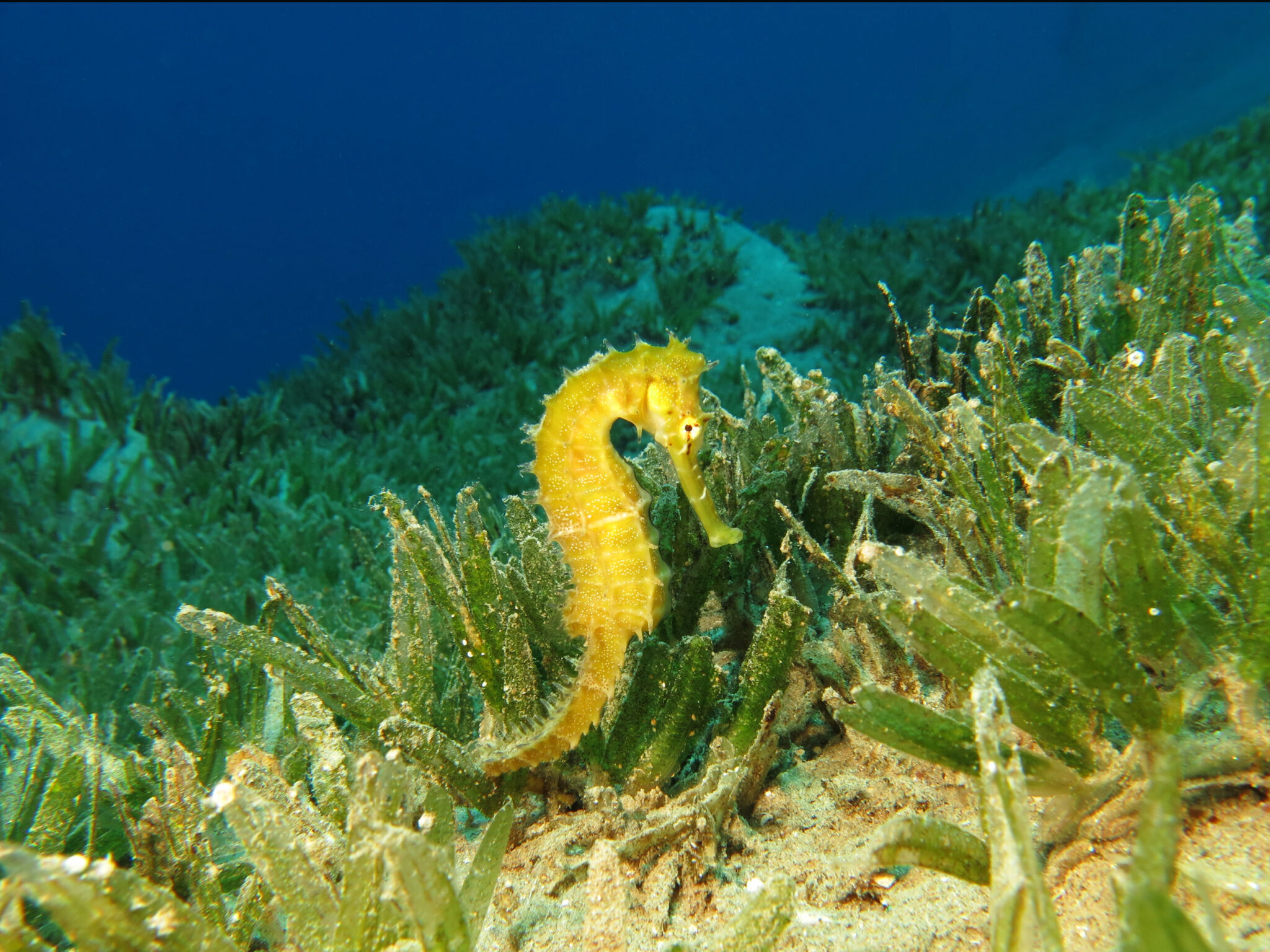
Seahorses
These underwater stallions don’t move around as much as their topside counterparts. In fact, they tend to stay perfectly calm relaxing with their tails wrapped around a plant or coral. Much like the frogfish, seahorses are masters at blending into their environment. And, if you’re lucky enough to spot a pregnant one with a protruding belly, it’s actually a male. Male seahorses carry eggs in their pouches anywhere from 10 days to 6 months.
Flamingo Tongue Snail
Often found crawling on sea fans and soft corals, flamingo tongue snails are unique in their appearance and behavior thanks to their vibrant orange-and-black-spotted mantle, which many mistake for their shell. If they feel threatened, the mantle retracts and reveals a pure white shell beneath it! These interesting critters can be spotted year-round in St. Lucia, with the best chances when visibility is clearest (December to May).
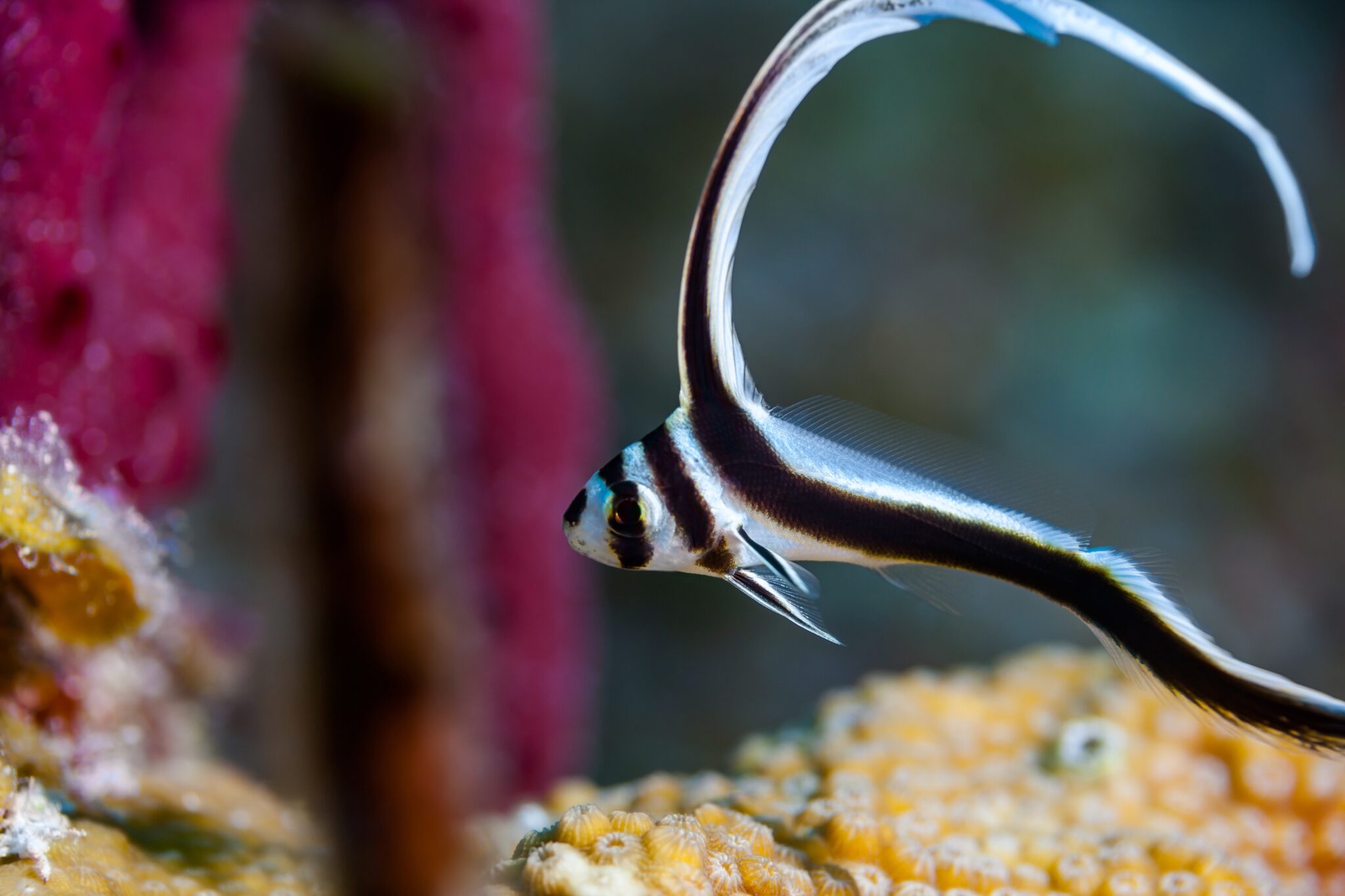
Spotted Drum
Another marine life species with an interesting name in Saint Lucia is the spotted drum. The most striking appearance of spotted drums is that of the juveniles. Their dorsal finds are surprisingly long, creating a ribbon-like appearance that ripples behind them as they swim. Spotted drums are often spotted on overhangs, in dark caves and at the edge of reefs, but they can easily be seen thanks to their black and white coloring. If they’re on your must-see list, visit during the dry season for the best visibility (December to May).
Ready To Check Out These Creatures for Yourself?
Saint Lucia is full of these exciting species and more! For the best advice on dive sites and best practices when diving in St. Lucia, be sure to book your dives with a PADI Five-Star Dive Center. Or, make things completely stress-free and book your accommodation and diving all in one place with PADI Travel.
